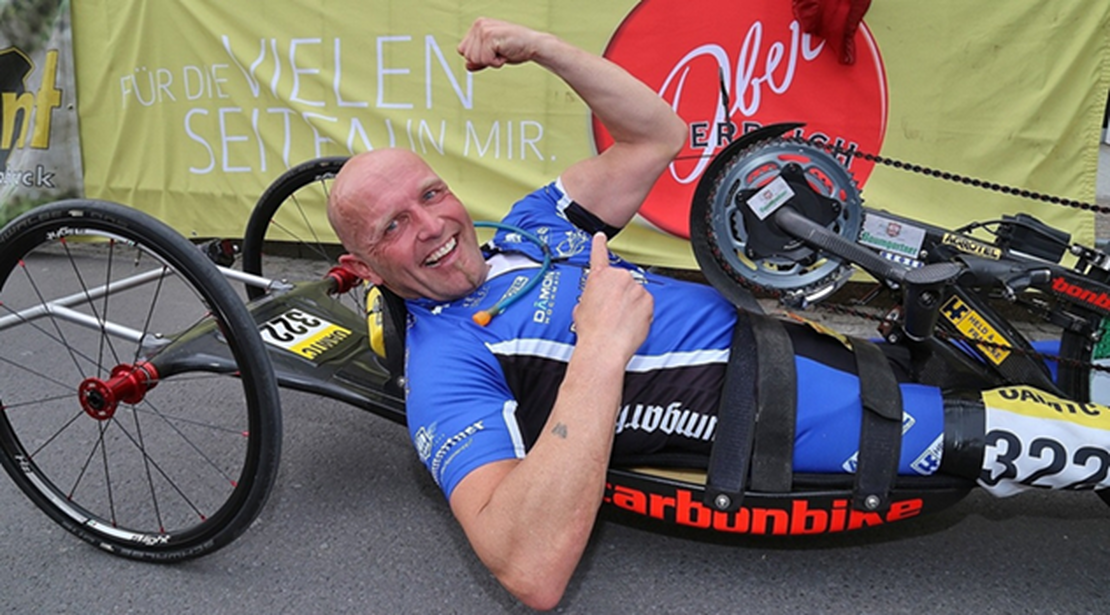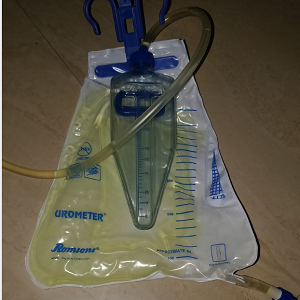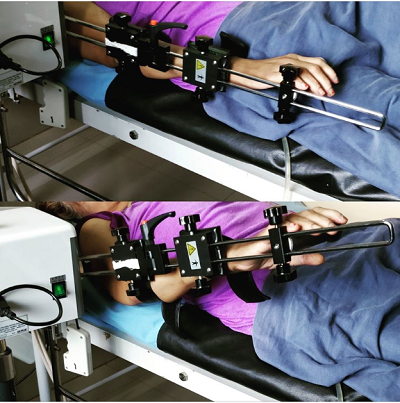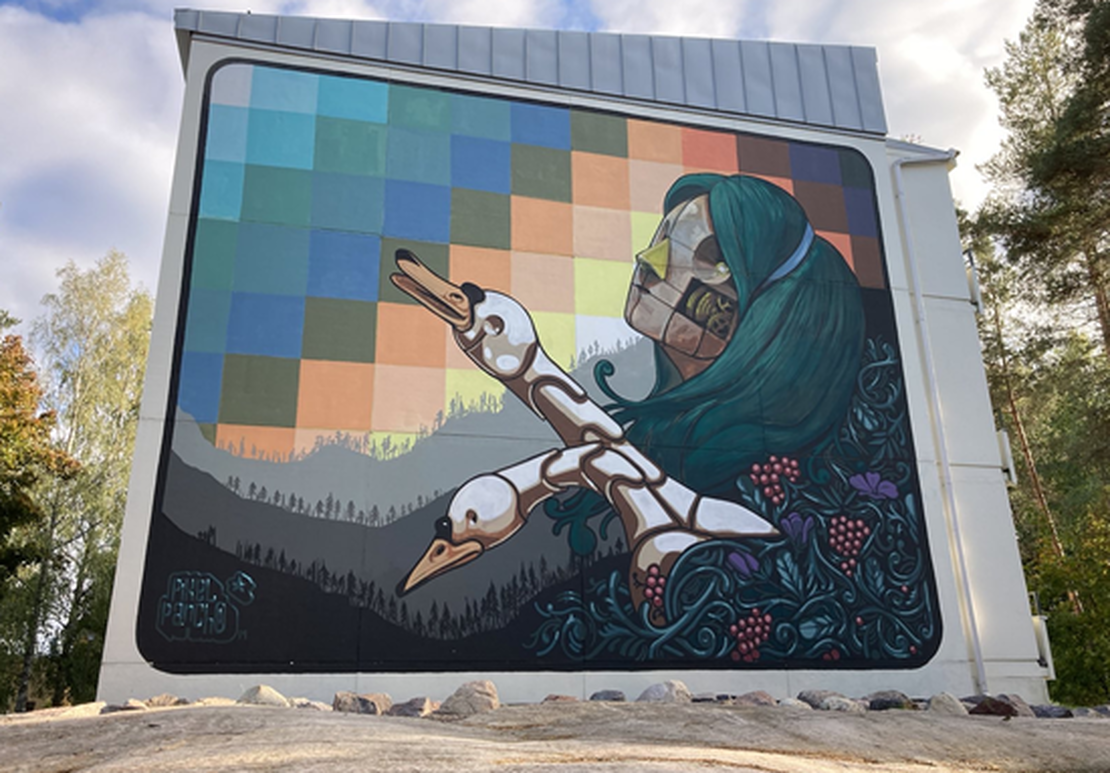
6 lessons after six months of geriatric stroke caregiving
- Senior care , Caregiving
- October 18, 2019
Table of Contents
Cover image credit: Dietmar Ematinger on Pixabay
For experience designers and health-tech contributors in the space of geriatric stroke-induced paralysis care.
I’ve been a caregiver for over two decades, but the experience of providing care to a stroke-affected, elderly person with multimorbidity is in a different league altogether. It’s an experience that is difficult to articulate if you are a caregiver and equally difficult to grasp if you are a designer or service provider. So, I am taking a rather uncertain step forward and sharing some notes of what I have learned over the last six months.
Day Zero: Acute Infarction (Left MCA Territory)
Mum had an ischemic stroke that left her with right-side hemiplegia and aphasia. Her muscles were weak much before the stroke, which delayed her recovery. She was diabetic, hypertensive, and had paranoid schizophrenia, which brings me to an important question.
How do we design integrated stroke care for an elderly person with multimorbidity?
Lesson #1: Design for geriatric stroke care includes the caregivers’ journey
After two decades of caregiving experience, I was confident that I had seen it all. That work-life balance no longer applies to me because I had figured a way to integrate both - be a freelance consultant or have a job that offers work-from-home as a benefit.
However, her stroke changed my life’s equation from a part-time caregiver/full-time consultant to a zero-time consultant/full-time caregiver. I had to immediately leave one of the best clients that I have served, and the caregiver in me was quite unhappy about that.
Things have changed now for the better, which gives me time to distill my thoughts.
Multimorbidity is an important design consideration, and it’s the caregivers’ journey that reveals all the details.
Doctors and nurses are overwhelmed with patients, so expecting them to deliver on patient-centered care is being unfair to them.
Turn to the caregivers instead, and you will leave with a different perspective on experience design for the elderly. Here’s a blog that illustrates my first lesson: Designing an elderly home care plan app - a UX case study.
Beyond declarative and procedural knowledge
Declarative knowledge about a subject is one thing, and so is procedural knowledge. And, while evidence-based and experience-based knowledge aren’t the holy grail, they help a ton when one is a caregiver. I remember the numerous times I heard doctors tell me about incontinence and adverse drug reaction (ADR).

But no amount of declarative and procedural knowledge will prepare you when faced with the reality of a urinary tract infection, bleeding rectum, and incessant instances of flowing poop. Oh, and did I forget to mention that all of this is coming out from an adult’s body, and that the caregiver is the one cleaning it. Yes, that’s what it means to be a full-time caregiver.
But how can you, the UX designer/service provider, help caregivers here?
Lesson #2: Considering the caregivers’ journey includes prioritizing content and control
I have been searching for evidence-based interventions for the elderly with multimorbidity, but I haven’t gathered much so far. In fact, a lot of research papers on this specific topic mention a lack of evidence-based interventions. So, this is where ML/AI will help and where we need health-tech contributors to pitch in.
Content architecture is really important when designing an experience that implements the principles of control and prioritization. For instance, when looking for content that is evidence-based and experience-based, I definitely need to know what other content goes together. I need to see content that is truly linked, and not just the related content that we see floating around as suggestions and nudges.
When I am looking for help on incontinence, I am okay with other evidence-based content related to incontinence (other caregivers’ experience would be even better).
However, what would really help me is if I could get content on potential infections that could arise due to incontinence, and more importantly, content on pressure injuries. Furthermore, the content need not include only medical material. For example, preventing pressure injuries can save my patient a lot of pain and reduce unnecessary costs.

Leave the caregiver better prepared
To sum this up, I’d say that the chain of events is more important to a caregiver than conceptual and procedural knowledge. I am not saying that the latter aren’t important, but that the former prepares me better. And being prepared means I feel a sense of control. Hope that you can now see why these two principles go together from a caregiver’s lens.


